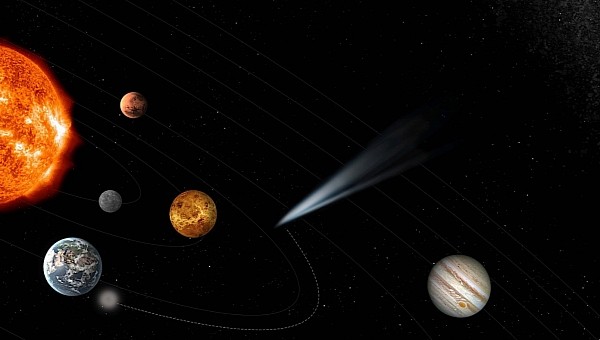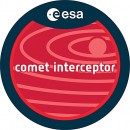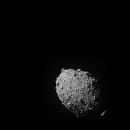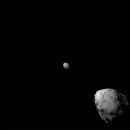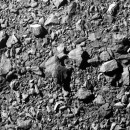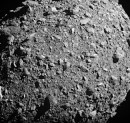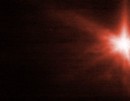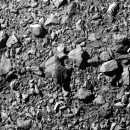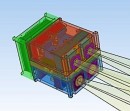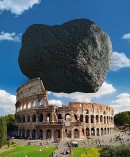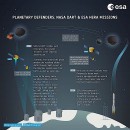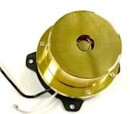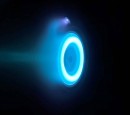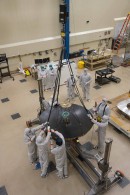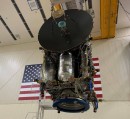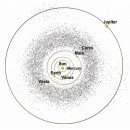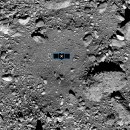Generally speaking, space exploration missions take a lot of planning, and scientists in this field know many, many years in advance what, where, how, and for how long the hardware they’re working on is supposed to do. That’s not the case with the European Comet Interceptor.
To date several missions have been sent out hunting for comets and asteroids, the most famous of all being DART, Hayabusa2, Giotto, or Rosetta. More are planned in the future, as humanity is expanding the scope of its space missions.
Comet Interceptor is one of those future missions. It is being cooked up over on the Old Continent by the European Space Agency (ESA) and German OHB, as per an announcement made this week, with the goal of sitting hidden behind our planet, waiting on a comet to come within range and quickly go after it.
That’s right, the Interceptor is a spacecraft with no defined target. Instead of being sent up there with a precise destination, it will be parked in Earth orbit, stalking and lurking in the dark until an unsuspecting comet, maybe coming into our inner solar system from the Oort Cloud, is detected.
Once that happens, the ship will give chase, trying to catch up and study the piece of floating rock for signs of “precious material surviving from the time when the Sun and planets formed 4.6 billion years ago.”
Comet Interceptor comprises the main spacecraft and a couple of probes. The probes will detach from the carrier ship and try to spy on the comet from as many angles as possible, in a bid to create a 3D profile. The probes’ missions also include looking at the comet’s surface composition, shape and structure, but they’ll also be tasked with taking samples of the gas and dust from around the place.
The project is led by ESA and backed by OHB, but it’ll also involve the Japanese Space Agency (JAXA), which will be making one of the probes. The mission is scheduled to depart in 2029.
Comet Interceptor is one of those future missions. It is being cooked up over on the Old Continent by the European Space Agency (ESA) and German OHB, as per an announcement made this week, with the goal of sitting hidden behind our planet, waiting on a comet to come within range and quickly go after it.
That’s right, the Interceptor is a spacecraft with no defined target. Instead of being sent up there with a precise destination, it will be parked in Earth orbit, stalking and lurking in the dark until an unsuspecting comet, maybe coming into our inner solar system from the Oort Cloud, is detected.
Once that happens, the ship will give chase, trying to catch up and study the piece of floating rock for signs of “precious material surviving from the time when the Sun and planets formed 4.6 billion years ago.”
Comet Interceptor comprises the main spacecraft and a couple of probes. The probes will detach from the carrier ship and try to spy on the comet from as many angles as possible, in a bid to create a 3D profile. The probes’ missions also include looking at the comet’s surface composition, shape and structure, but they’ll also be tasked with taking samples of the gas and dust from around the place.
The project is led by ESA and backed by OHB, but it’ll also involve the Japanese Space Agency (JAXA), which will be making one of the probes. The mission is scheduled to depart in 2029.
